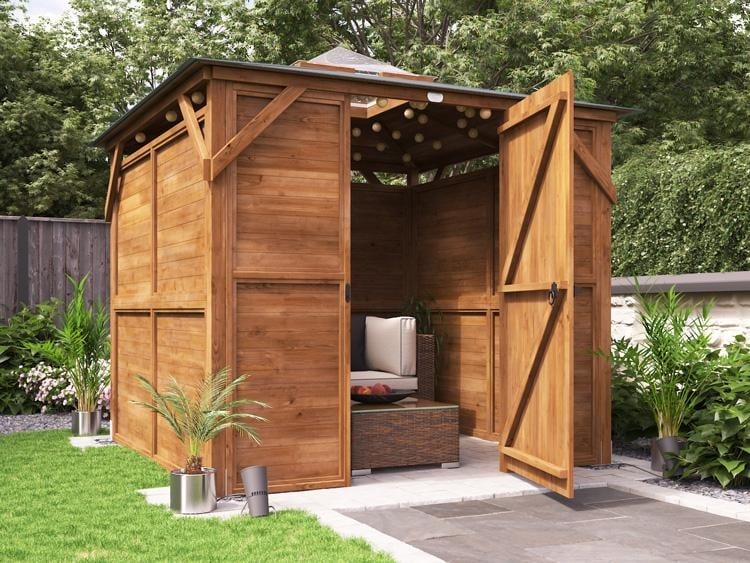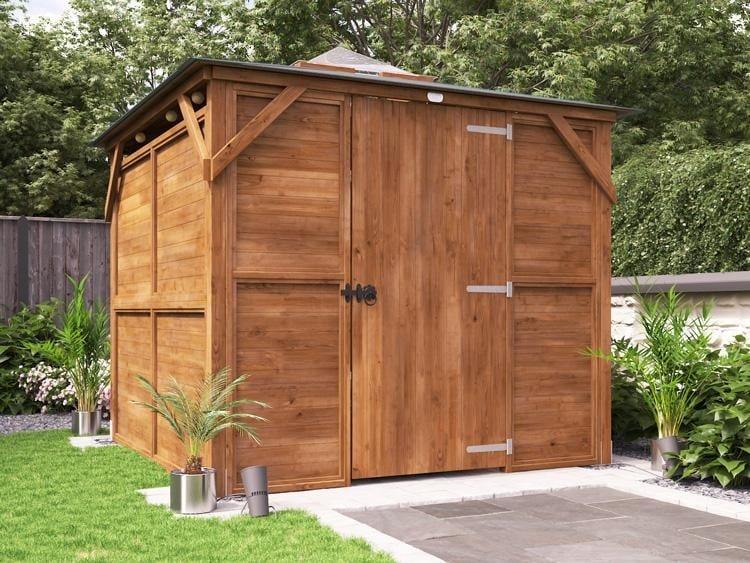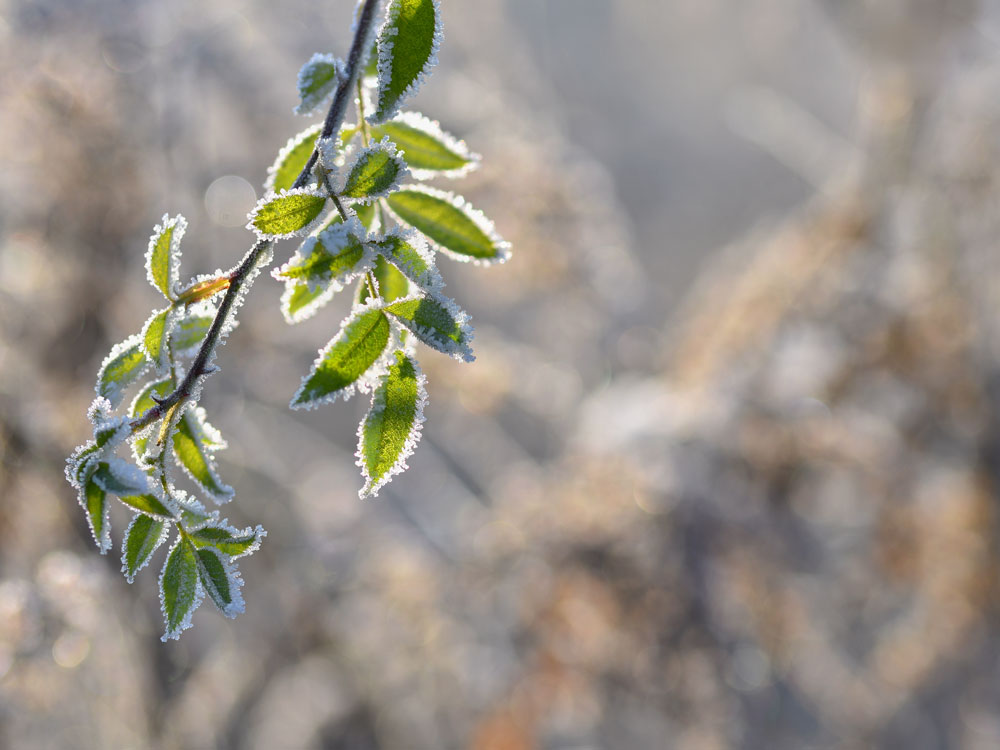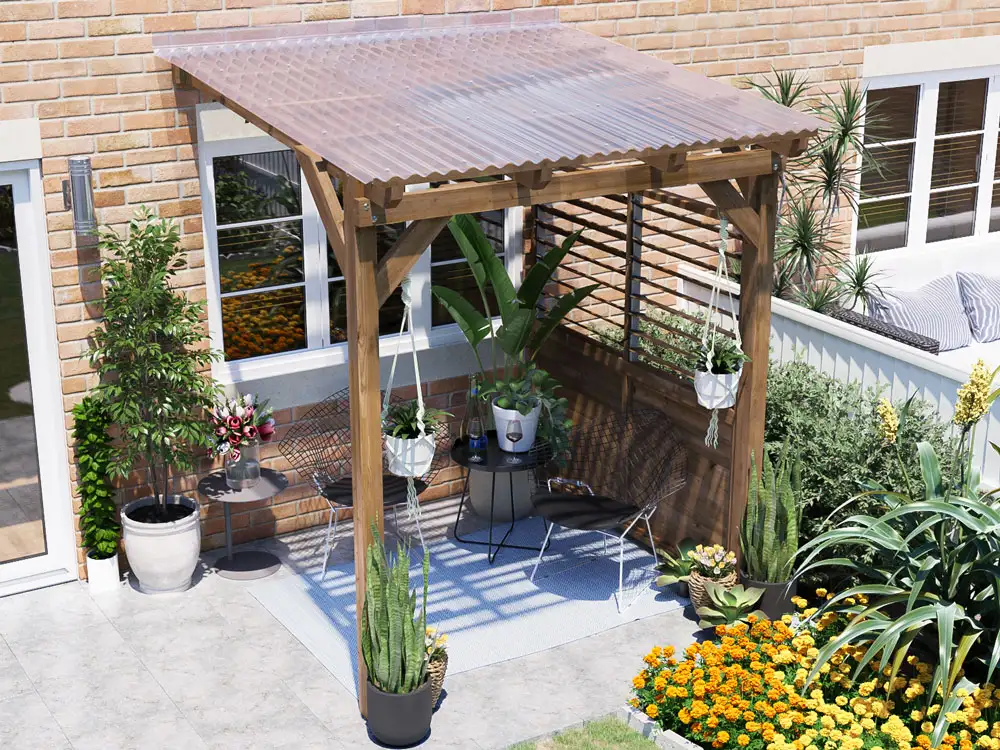Frost is one of the biggest threats to plants during the autumn and winter seasons. By taking proactive steps to protect your plants, you can help them survive the cold weather and thrive in the spring. Here are some tips for protecting your plants from frost:
Choosing Frost-Tolerant Plants:
- Research plant varieties: Before planting, carefully research the frost tolerance of different plant species and cultivars. Opt for those known to withstand cold temperatures without suffering significant damage.
- Consider microclimates: Be mindful of microclimates within your garden. Areas sheltered from cold winds and direct sunlight may provide natural protection for frost-sensitive plants.
Providing Shelter:
- Use row covers: Row covers are lightweight, breathable fabrics that can be placed over plants to protect them from frost. They trap heat, creating a warmer microclimate around the plants.
- Create cold frames: Cold frames are simple structures that can be used to protect plants from frost. They consist of a frame with a transparent cover that allows sunlight to enter while trapping heat. If you are concerned about severe frost, you may also want to consider using frost blankets or other protective coverings in addition to the shelter.
Brise Soleil Solar Shading
Brise Soleil solar shading with roof are the perfect addition to your garden enjoyment all year round. The louvered panels of the shelters can be adjusted to control the amount of sunlight that reaches the plants beneath. By providing shade, the shelters can help to prevent the plants from getting too hot during the day, which can reduce their susceptibility to frost damage at night. The shelters can also act as a windbreak, protecting plants from cold, drying winds that can increase the risk of frost damage.
In addition to providing shade and a windbreak, the shelters can also help to trap heat around the plants. This can be especially beneficial on cold nights, as it can help to keep the plants warmer and reduce the risk of frost.
One of the great things about Wooden Brise Soleil Shelters is that they are highly customisable. You can choose the size, shape, and orientation of the shelter to best suit your needs and the specific requirements of your plants.
Mulching Around Plants:
- Apply a thick layer of mulch: Mulch helps to insulate the soil, protecting plant roots from frost. It also helps to retain moisture, which is crucial for plant health during cold weather.
- Choose appropriate mulch: Select a mulch that is suitable for your climate and soil conditions. Organic mulches, such as straw or wood chips, can provide both insulation and nutrient benefits.
Watering Deeply Before Frost:
- Ensure adequate soil moisture: Deeply water your plants before the first frost to help them withstand cold temperatures. Well-hydrated plants are better equipped to tolerate frost than those that are stressed from drought.
- Avoid excessive watering: While deep watering is important, avoid overwatering, as this can lead to root rot. Aim for consistent moisture without saturating the soil.
Moving Potted Plants Indoors:
- Protect sensitive plants: If you have potted plants that are particularly sensitive to frost, move them indoors to a protected location before the first frost occurs. This will help to safeguard them from cold temperatures and ensure their survival.
Erin Gazebo with Dome
If you are wanting to move plants indoors without really moving them indoors, why don’t you look at the Erin Gazebo with Dome – Enclosed Solid Wall Panels. Wooden walls are available for added privacy and weather protection. When the Erin Gazebo is in use, the small space at the top of the Gazebo and just below the Perspex dome reduces the build-up of condensation.


- Acclimate gradually: If you plan to bring potted plants indoors for the winter, acclimate them gradually to indoor conditions to prevent shock. This involves gradually decreasing the amount of sunlight and humidity they receive.
By implementing these strategies, you can significantly reduce the risk of frost damage to your plants and enjoy a healthy and vibrant garden throughout the winter season.






